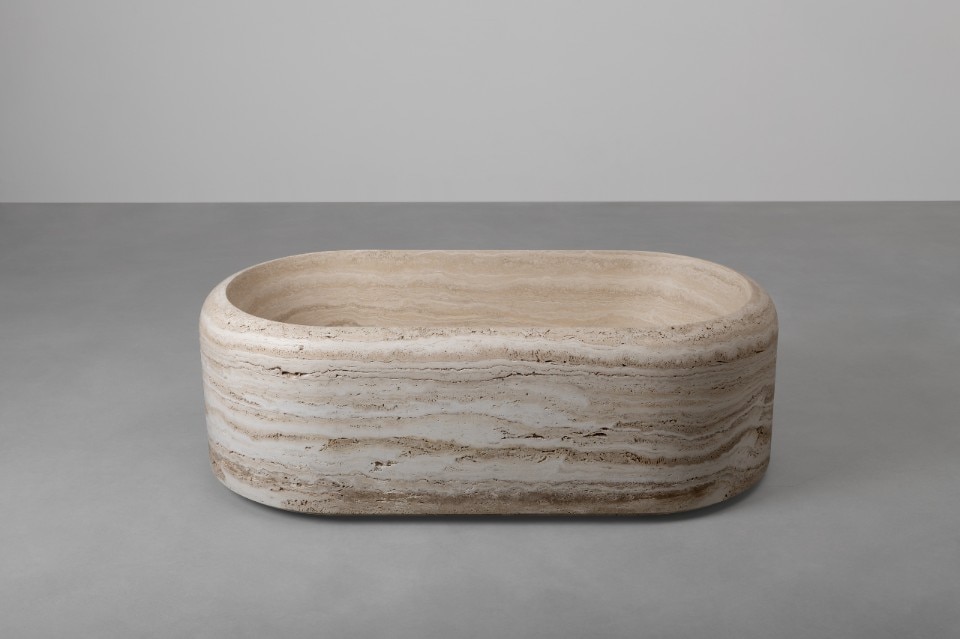The Futuro initially had a purely architectural aim. In 1965 Matti Suuronen was asked to design a ski cabin that could be quickly heated and easily constructed in rough, impassable terrain. Suuronen opted for the ellipsoid (a three-dimensional ellipse) as the basic form because of its optimal durability. According to the architect, this elliptical form gives an optimum sense of space with minimal use of materials combined with the ultimate beauty. With a diameter of 8 meters and an internal area of 140m3, the Futuro can house eight people. The prefabricated interior consists of a living room, two bedrooms, a kitchen and a bathroom. The demountable holiday home made from light plastic was suitable for mass production and reflected the belief in technology and faith in prosperity in the 1960s. Over the decades the Futuro has changed from a feat of engineering to a cultural icon.
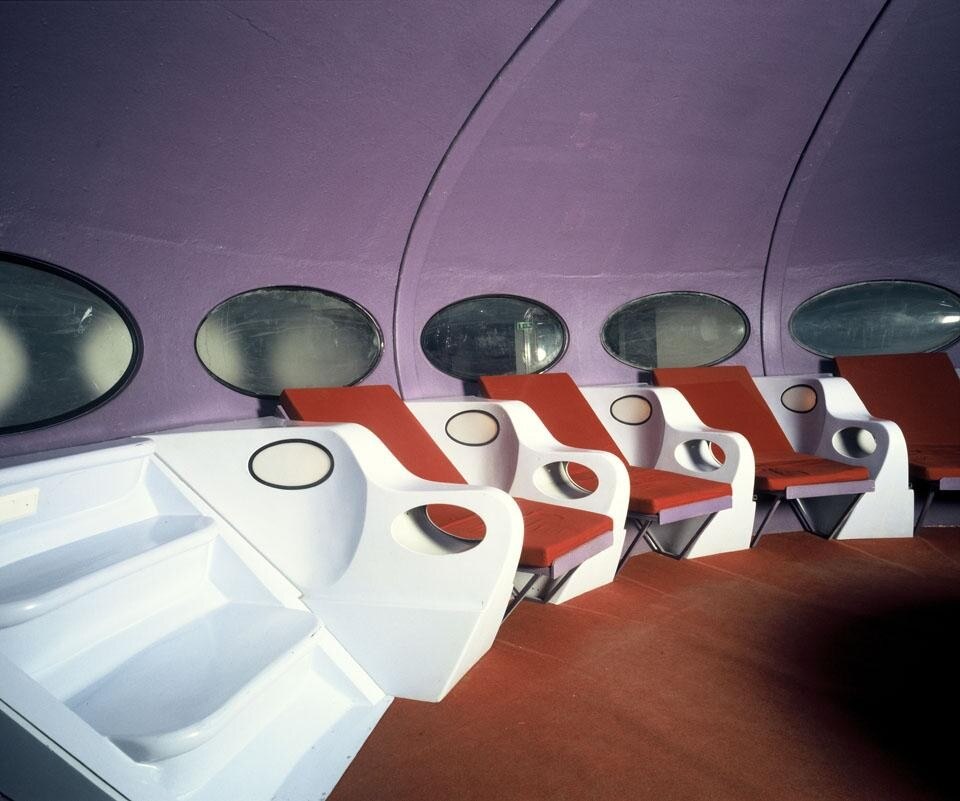
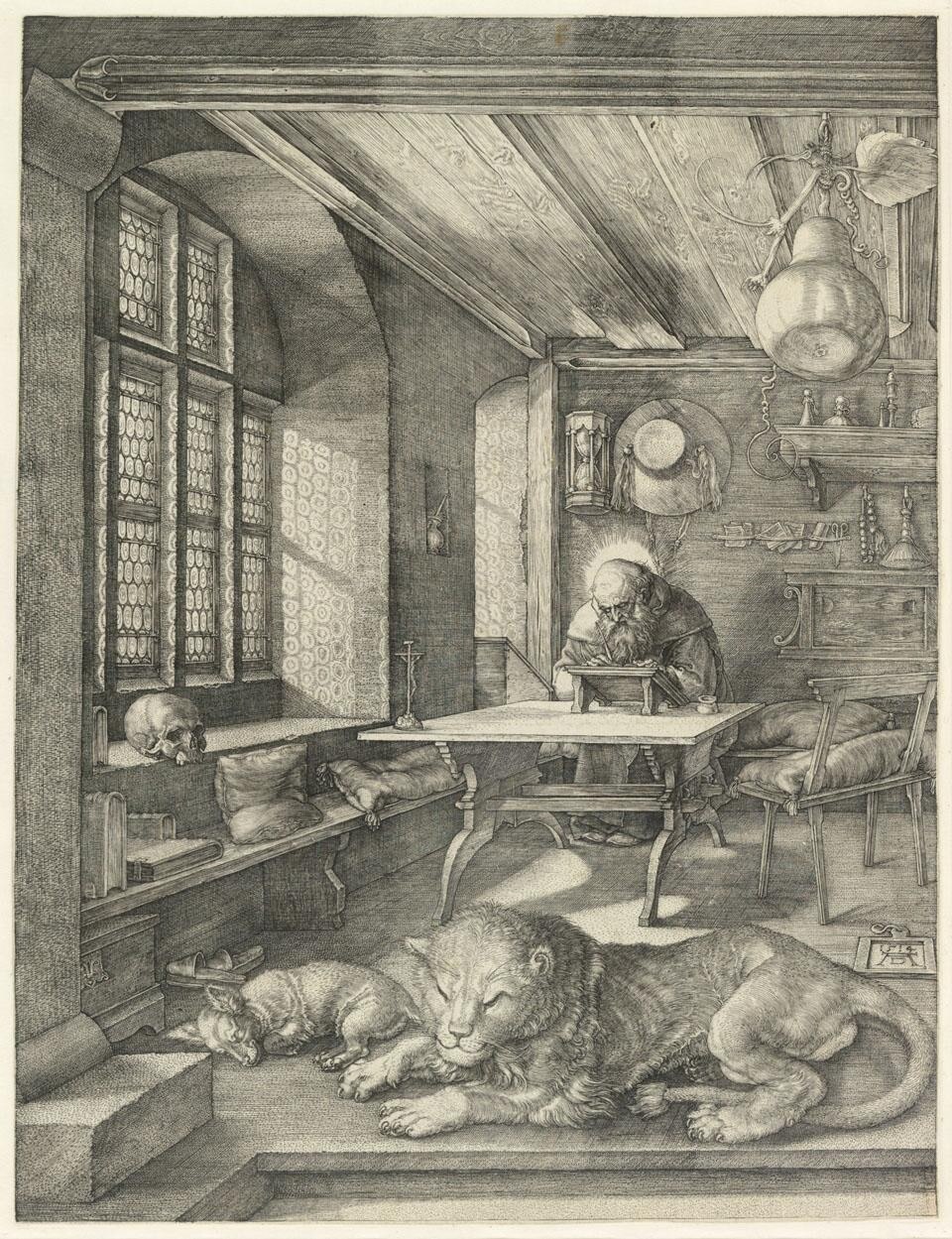
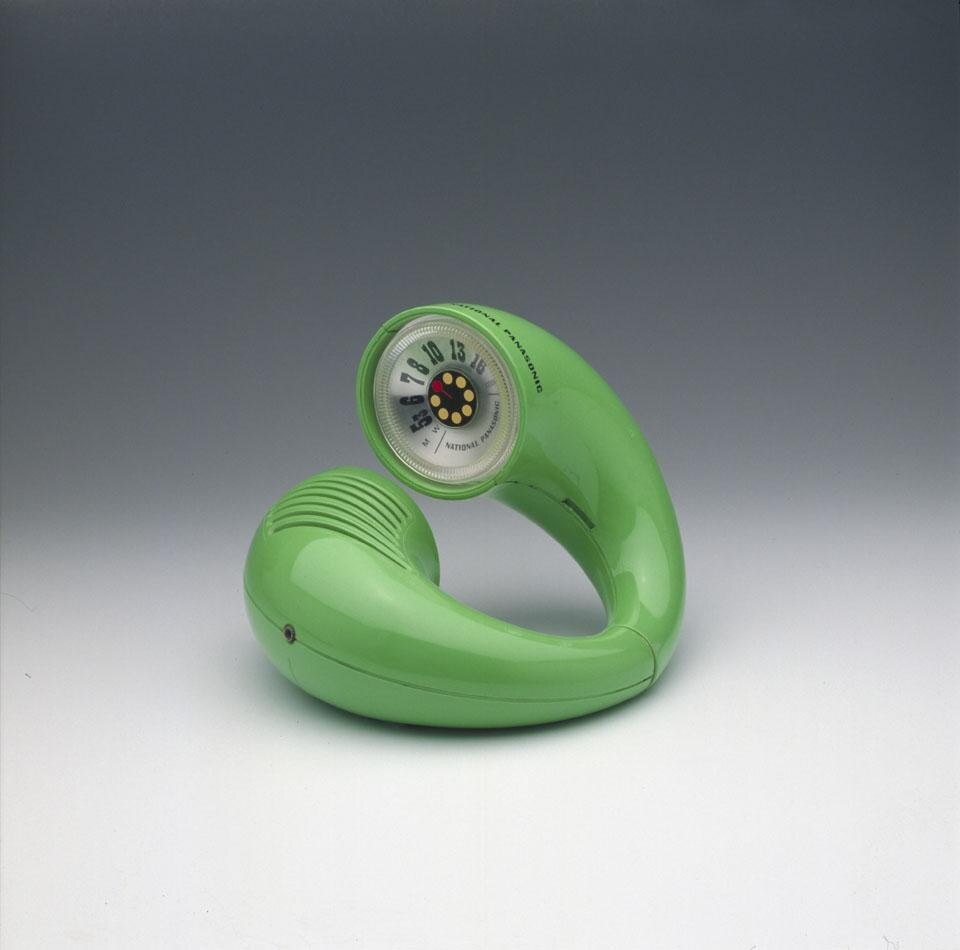
21 May – 4 September 2011
Museum Boijmans Van Beuningen
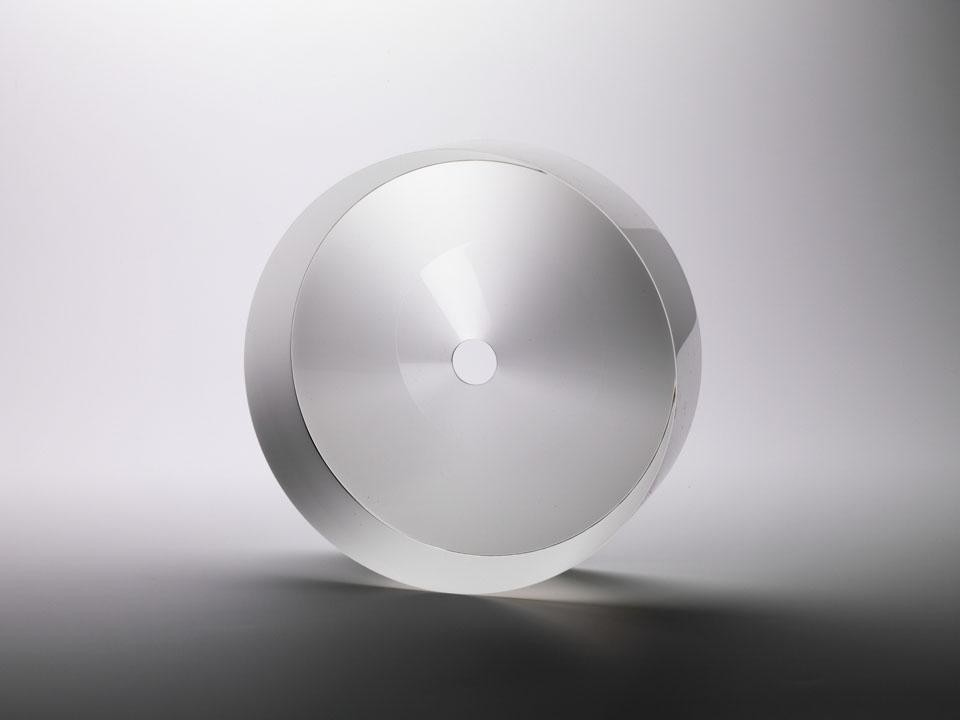
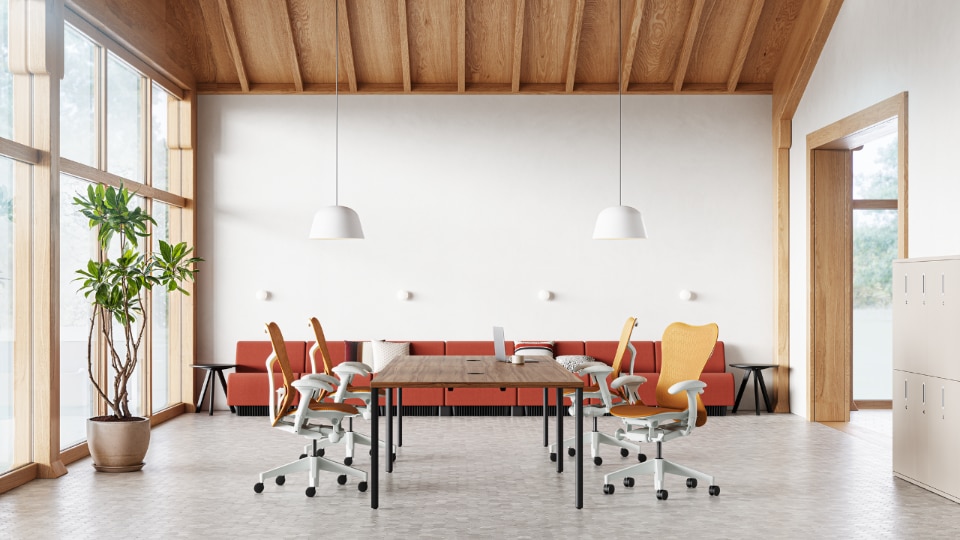
The Mirra 2 combines ergonomics and sustainability
Redesigned by Berlin-based Studio 7.5, the Mirra 2 chair from Herman Miller represents the perfect combination of function and innovation.



